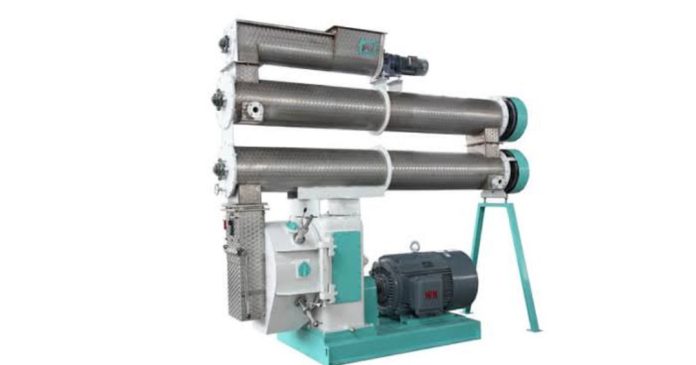Generally, a pellet production machine has two primary classifications; large-scale and small-scale machines. As you’ll expect, large-scale devices are useful for commercial purposes, while for smaller amounts of pellets, the small-scale machine is a great option.
However, the large-scale and small-scale pellet productions are not the only basis of classifying pellet machines – they are classified based on many other things like the materials you’re pelleting. Good examples are iron pellet machines, rice husk pellet machines, and many others -but that’s not all. Pellet machines can also be classified based on the production capacity and structure of the devices. There are two classifications under this category; the ring die pellet machines and the flat die pellet machines.
Primarily, most pellet producers classify both ring die and flat die pellet materials as large-scale pellet materials. The main difference between both is the shape of the die used in the machine. The ring die has a circular shape, while the flat die has a flat shape. Let’s take a closer look at the ring die and flat die pelleting machines, examining their structure, advantages, and of course, disadvantages.
Structure of ring die Pellet Machine
The ring dies pelleting working machine procedure depends on a direct motor connected to the gearbox. The main components of the ring die machine include;
- Ring die
- Roller
- Screw feederi7
- Electric motor
- Gearbox
- Pedestal
- Pellet shaped discharge port
There are two different types of ring die, the vertical and the horizontal ring die pelleting machine. In a horizontal ring die pelleting machine, the position of the ring die is vertical, while the vertical ring die pelleting device has its ring die positioned horizontally. The positioning of the ring dies differ from the names, but the working processes for these different ring die follow the names. In a vertical ring die pelleting machine, the materials go into the horizontally placed ring die vertically. In contrast, in the horizontal ring die, the materials go in horizontally into a vertically placed die.
Structure of a Flat Die Pellet Machine
A flat has two major parts: the roller and the flat die. There are other components of the flat die machines like the gearbox, electric motor, cabinet control, engine, transmission shaft, four wheels and others. In some cases, when the electric motor isn’t available, you can replace it with an engine run by diesel or gas. Like the ring die pellet machine, there are two types of flat die pellet production machines; the die turned type, and the roller turned type. For the roller-turned flat die machine, the flat die rotates around the roller, which never moves. For the flat turned die turned type has the die staying in one position while the roller is moving.
Conclusion
Both flat die and ring die pellet machines have their respective advantages and disadvantages. If you’re looking for a higher production rate, the ring pellet machine will give you that as it can work at 800kg per hour while the flat die pellet machine produces at 100 kilograms per hour. However, the flat die pellet machine is a portable option you can move anywhere, and of course, it’s a cheaper option.










